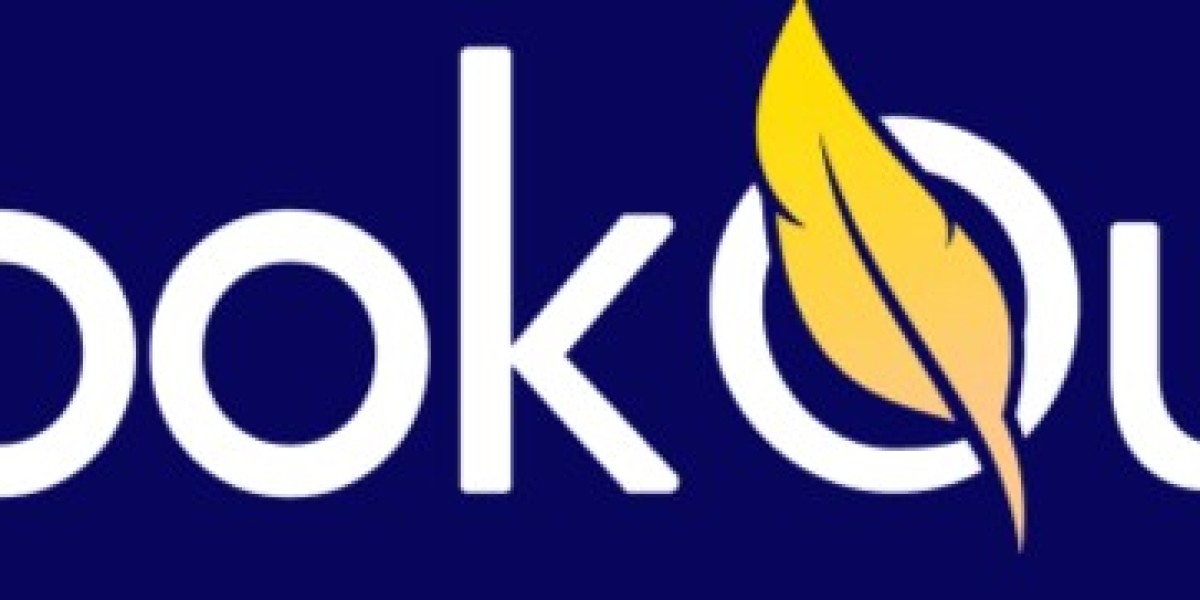Navigating the world of mobile app development can be daunting, particularly when it comes to understanding mobile app design cost. As technology continues to advance and user expectations evolve, the cost of designing a mobile app can vary significantly. In this comprehensive guide, we’ll break down the factors influencing mobile app design costs in 2024 and provide insights into how you can manage and optimize your budget.
Factors Affecting Mobile App Design Costs
Complexity of the App
The complexity of a mobile app is one of the primary drivers of design costs. Simple apps with minimal features and straightforward interfaces tend to be less expensive. However, as the complexity increases—such as incorporating advanced functionalities like real-time data processing, complex animations, or multi-platform compatibility—the costs can escalate significantly.
For instance, a basic app with a few static screens and simple user interactions might cost between $5,000 to $15,000. In contrast, a more sophisticated app requiring custom animations, user authentication, and integration with third-party APIs could push the costs to $50,000 or more.
Design Requirements and Quality
The quality of the design has a significant impact on the overall cost. High-quality, aesthetically pleasing designs often require more time and effort from experienced designers. This includes creating custom graphics, animations, and ensuring a seamless user experience (UX).
Investing in a high-quality design can lead to a more engaging app and potentially better user retention. However, it also means higher costs. Professional designers may charge anywhere from $50 to $200 per hour, depending on their expertise and the project's complexity.
Platform and Device Considerations
Developing apps for multiple platforms (iOS, Android, etc.) can increase costs. Each platform has its own design guidelines and standards, which means designers might need to create separate designs or make significant adjustments for each platform.
For instance, a design optimized for iOS might not look or function the same way on Android devices. Therefore, if you’re targeting users across various devices, expect to allocate a larger budget to accommodate these platform-specific requirements.
Location of Design Team
The geographical location of your design team can also affect costs. Designers in different regions may have varying hourly rates. For example, design services in North America or Western Europe might be more expensive compared to those in Eastern Europe or Southeast Asia.
While outsourcing to regions with lower costs might seem like a cost-effective solution, it’s essential to consider factors such as communication, time zones, and the quality of work to ensure you’re getting value for your money.
Timeline and Project Management
The timeline for your project can influence costs. Expedited timelines often mean higher costs due to the need for accelerated work and potentially additional resources. Effective project management can help streamline the process and keep costs in check.
Clear communication and a well-defined project scope can prevent scope creep and ensure that the project stays within budget. It's crucial to establish milestones and regularly review progress to manage costs effectively.
How to Manage and Optimize Mobile App Design Costs
Define Your Project Scope Clearly
A well-defined project scope helps in avoiding misunderstandings and unnecessary costs. Clearly outline your app’s features, functionalities, and design requirements. This will allow designers to provide more accurate estimates and avoid surprises down the line.
Consider Hybrid Design Approaches
Hybrid design approaches, which involve creating a single design that works across multiple platforms, can be more cost-effective. While not always as tailored as platform-specific designs, hybrid designs can save time and reduce costs.
Explore Fixed-Price Contracts
Fixed-price contracts can help you manage costs more effectively by providing a clear budget upfront. This type of contract can be particularly useful if you have a well-defined project scope and timeline.
Prioritize Essential Features
Focus on essential features for the initial version of your app and consider implementing additional features in future updates. This approach, often referred to as a Minimum Viable Product (MVP), allows you to launch your app sooner and manage costs more effectively.
Regular Communication and Feedback
Maintaining regular communication with your design team helps ensure that the project stays on track and within budget. Provide timely feedback and address any issues promptly to avoid costly revisions.
Conclusion
Understanding the intricacies of mobile app design cost is essential for managing your budget and ensuring a successful project. By considering factors such as complexity, design quality, platform requirements, location, and timeline, you can better estimate and control costs. Implementing strategies to manage and optimize these expenses will help you achieve your app design goals within your budget.
Remember, investing in a well-designed app can pay off in terms of user engagement and satisfaction. Take the time to plan carefully, communicate effectively, and make informed decisions to get the most value for your investment.









